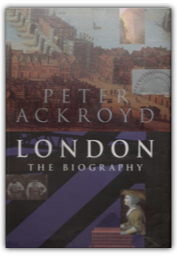
When the eminent novelist and biographer Peter Ackroyd finished writing London: The Biography, he almost immediately had a heart attack, such was the effort of his 800-page work about the "human body" that is this most fascinating of cities. And not just any human body either, but "envisaged in the form of a young man with his arms outstretched in a gesture of liberation ... it embodies the energy and exaltation of a city continually beating in great waves of progress and of confidence". Probably there is no one better placed than Ackroyd—the author of mammoth lives of Dickens and Blake, and novels such as Hawksmoor and Dan Leno and the Lime House Golem which set singular characters against the backdrop of a city constantly shifting in time—to write such a rich, sinewy account of "Infinite London". Ackroyd's London is no mere chronology. Its chapters take on such varied themes as drinking, sex, childhood, poverty, crime and punishment, sewage, food, pestilence and fire, immigration, maps, theatre, war. We learn that gin was "the demon of London for half a century", and that "it has been estimated that in the 1740s and 1750s there were 17,000 'gin-houses'". Fleet Street was an area known for its "violent delights" where "a fourteen-year-old boy, only eighteen inches high, was to be seen in 1702 at a grocer's shop called the Eagle and Child by Shoe Lane". By the mid 19th-century "London had become known as the greatest city on earth". By 1939 "one in five of the British population had become a Londoner". 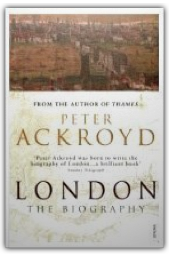
When the eminent novelist and biographer Peter Ackroyd finished writing London: The Biography, he almost immediately had a heart attack, such was the effort of his 800-page work about the "human body" that is this most fascinating of cities. And not just any human body either, but "envisaged in the form of a young man with his arms outstretched in a gesture of liberation... it embodies the energy and exaltation of a city continually beating in great waves of progress and of confidence." 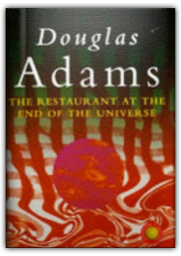
A miniature cloth bound edition with coloured end papers and jacket, this is one of a trilogy of adventures starring Ford Prefect and Arthur Dent. Travelling throughout the galaxy in his bathrobe, Arthur meets Vogons and Marvin the paranoid robot, aided by the knowledge of the Hitch Hiker's Guide. 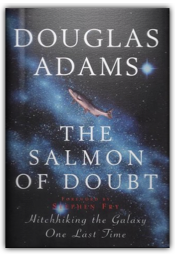
Hitchhiking the Galaxy One Last Time...Edited and with an introduction by Christopher Cerf, The Salmon of Doubt & Other Writings comprises 50 pages of the late Douglas Adams' unfinished novel, The Salmon of Doubt, along with writings from 3,000 unpublished files stored on his computer harddrive. This collection is the unique last word from one of the world's most successful and best loved science fiction writers and represents an important, fascinating and characteristically hilarious legacy. Other potential inclusions are transcripts of the radio series Hitchhiker's Guide to the Future and Adams' essays, articles, and lectures. 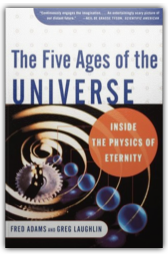
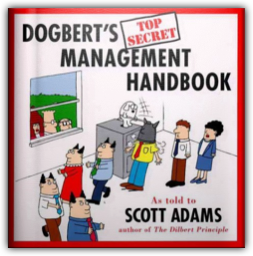
Cartoonist Scott Adams gives us still more corporate belly laughs with a point in Dogbert's Management Secrets Revealed, the 10th book based on his wildly popular Dilbert comic strip. Taken this time directly from the word processor of world-class consultant Dogbert, it focuses on critical management responsibilities like keeping up with fads, implementing pointless reorganizations and demanding status reports. "Leadership isn't something you're born with," it declares. "It's something you learn by reading Dogbert books." 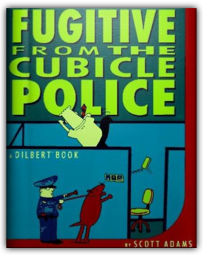
This book is freedom for those who feel imprisoned in a cubicle. Called "the cartoon hero of the workplace" by the San Francisco Examiner, Dilbert is revered by technology and computer workers, engineers, white-collar types, scientists and everyone who works these days (in cubicles or not). This collection captures it all, from clueless management decrees to near revolts among the cubicly confined. 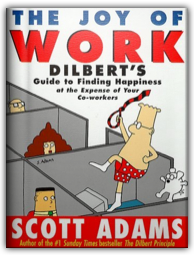
Scott Adams' latest work is not a collection of Dilbert cartoons (though recycled strips are liberally sprinkled throughout); it's a dialogue between the man and his fans disguised as a tongue-in-cheek guide to surviving the corporate life. There are chapters on "Office Pranks," "Surviving Meetings," and "Managing Your Co-Workers," with enough weird stories and practical jokes to make any middle manager nervous, especially as many of the tricks and tips come from e- mails sent to Adams by his fans (one tip: never let anyone else use your computer). If these messages are any indication, the creative tide has turned, and now the corporate world is following Dilbert's lead. In the office blocks of America, life is imitating art imitating life, creating a pleasantly postmodern working environment. The final chapter of The Joy of Work, "Handling Criticism," includes a response to Norman Solomon's The Trouble with Dilbert, which accuses Adams of selling out and supporting the corporate hierarchy that he claims to satirise. Adams' response is thorough and convincing, with just enough nastiness (jokes about Solomon's hair, for example) to demonstrate that though Dilbert may not have a mouth, he certainly has teeth. —Simon Leake, Amazon.com 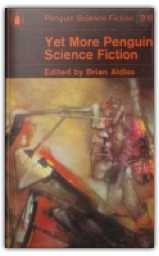
12 short stories by Cogswell, Fyfe, Clarke, Porges, Miller Jr., Knight, kornbluth, Chandler, Tenn, Brunner, Blish and van Vogt. |
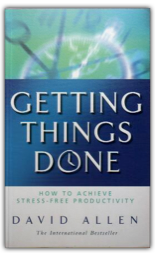
With first-chapter allusions to martial arts, "flow", "mind like water", and other concepts borrowed from the East (and usually mangled), you'd almost think this self-helper from David Allen should have been called Zen and the Art of Schedule Maintenance. 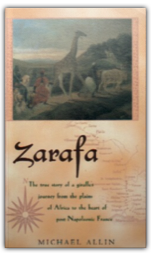
Michael Allin's Zarafa is a delightful piece of popular cultural history, which draws on the current fascination with exotic animals and their even more exotic owners, seen most recently in Lawrence Norfolk's novel The Pope's Rhinoceros. 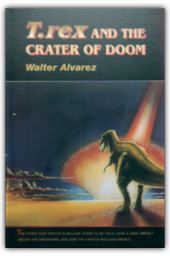
One of the great mysteries is what happened to the dinosaurs, and it has taken great detective work to give us an answer. In T. Rex and the Crater of Doom, some brilliant, not to mention determined, scientists roam the world and seek out the clues. What they conclude is that the earth sustained a colossal impact from a meteor (or perhaps a comet) 65 million years ago. The resulting cataclysm destroyed half the life on the planet. 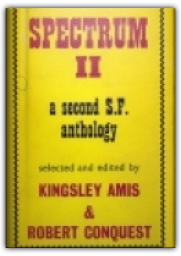
SF anthology, w/ contributions from Blish, Aldiss, Dick, Asimov, van Vogt & others. Black cloth boards w/ yellow lettering to spine. |

Mike Scott
Collection Total:
4227 Items
4227 Items
Last Updated:
Feb 21, 2010
Feb 21, 2010
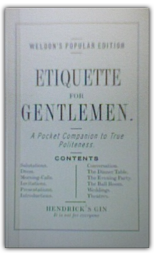

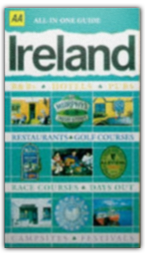
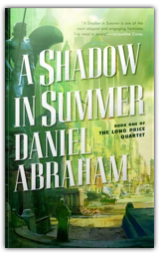
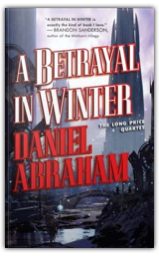
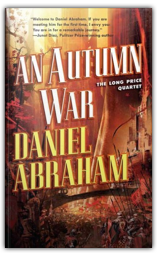
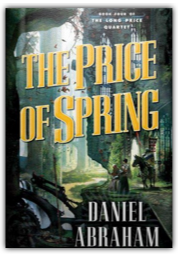
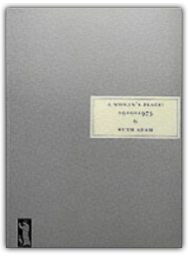
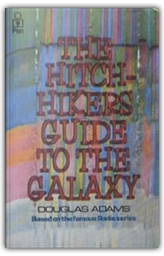
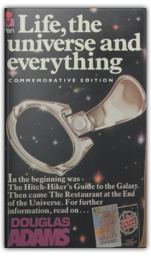
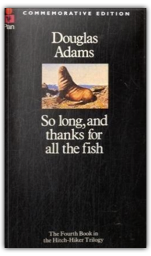
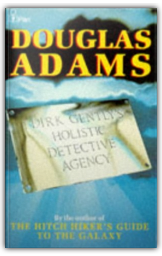
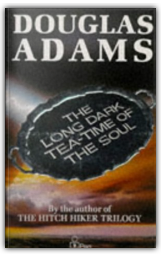
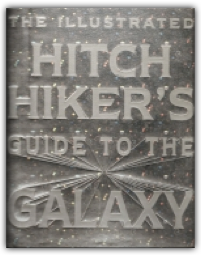
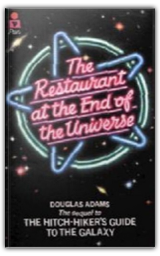
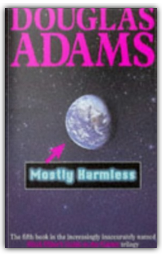
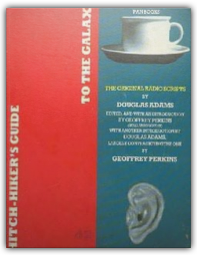
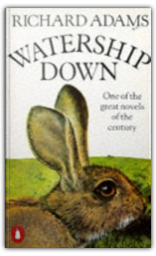
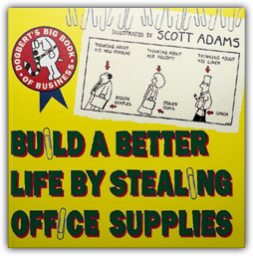
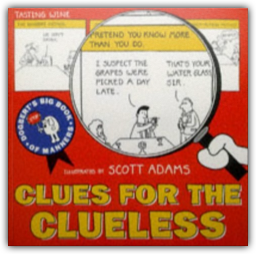
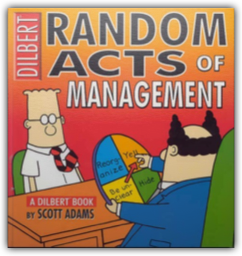
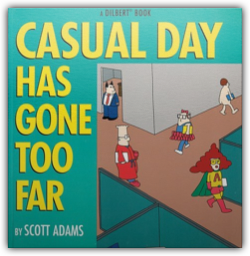
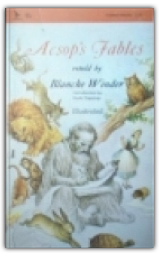
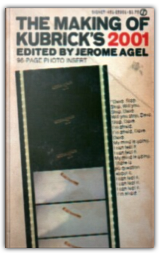
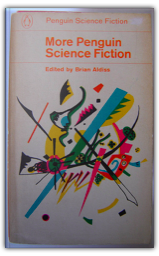
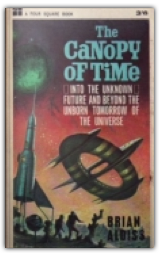
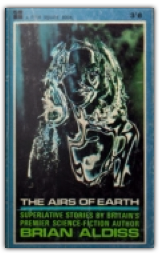
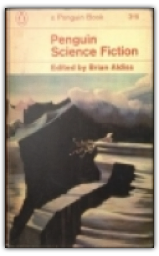
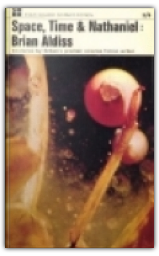
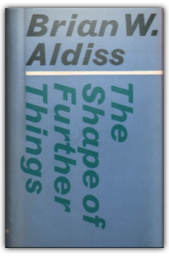
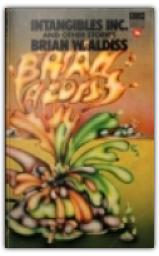
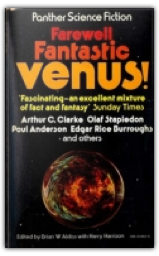
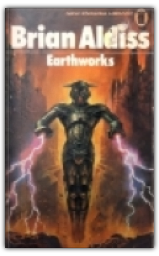
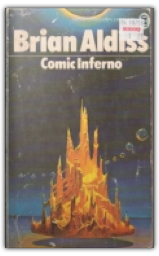
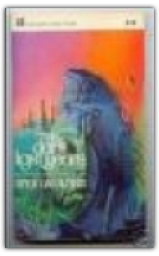
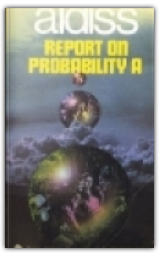
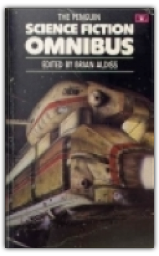
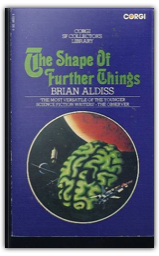
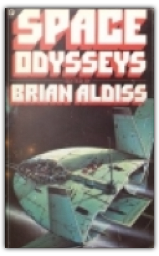
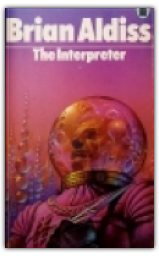
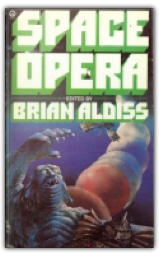
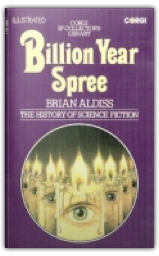
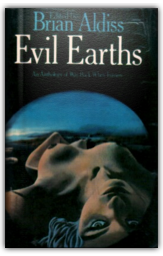
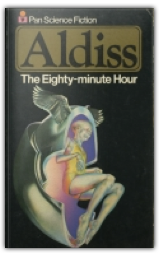
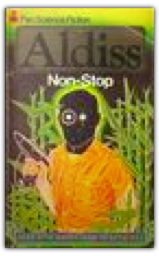
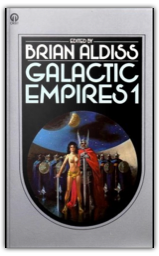
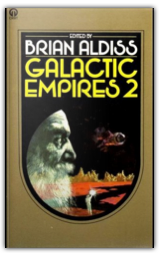
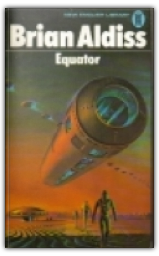

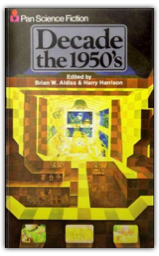
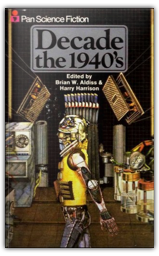
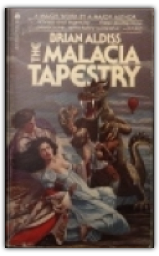
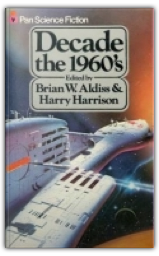
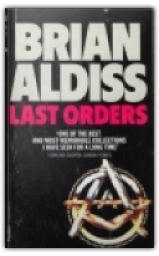
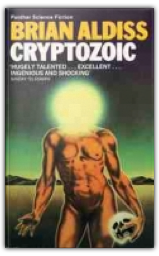
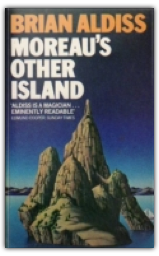
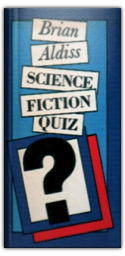
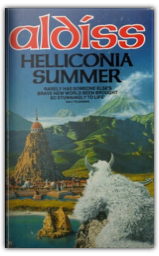
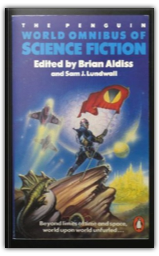
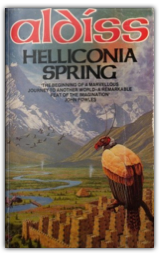
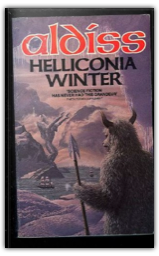
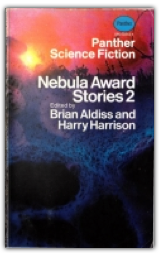
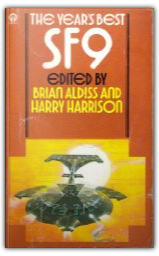
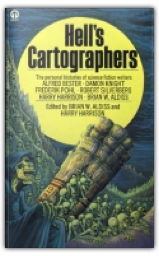
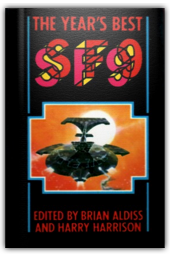
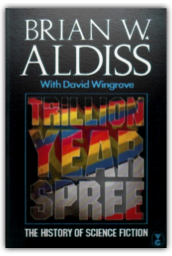
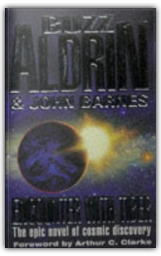
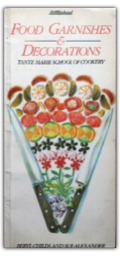
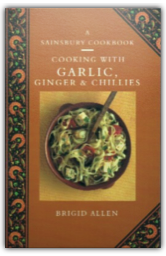
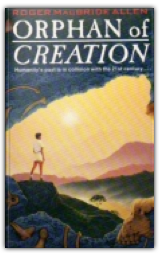
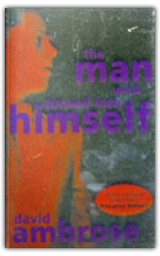
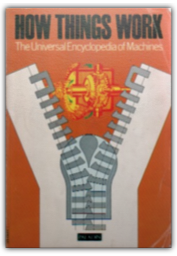
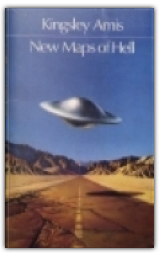
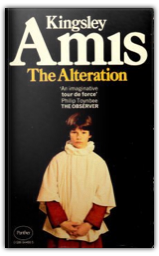
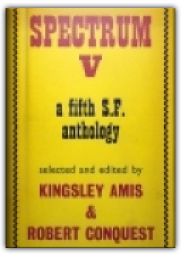
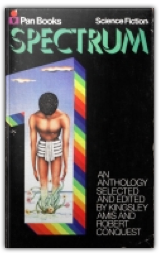
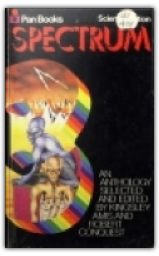
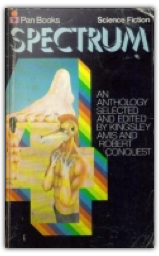
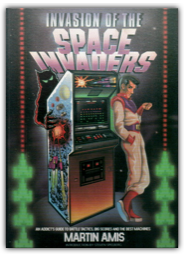
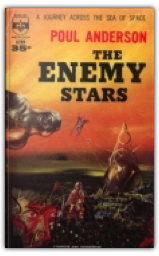
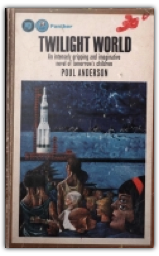


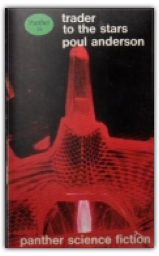
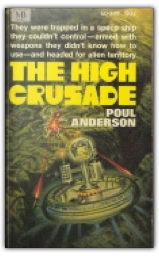
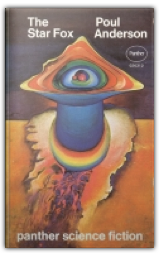
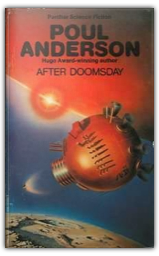
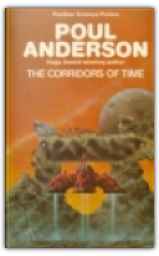
 Made with Delicious Library
Made with Delicious Library